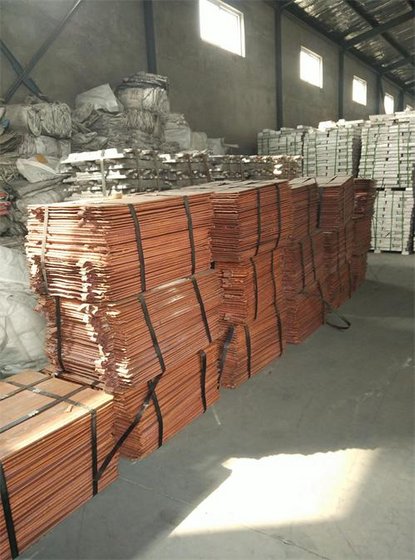

Īs with other metals, if copper is put in contact with another metal, galvanic corrosion will occur. This is due to the low plasma frequency of the metal, which lies in the red part of the visible spectrum, causing it to absorb the higher-frequency green and blue colors. Pure copper is orange-red and acquires a reddish tarnish when exposed to air. Ĭopper is one of a few metallic elements with a natural color other than gray or silver. The maximum permissible current density of copper in open air is approximately 3.1 ×10 6 A/m2 of cross-sectional area, above which it begins to heat excessively. This is because the resistivity to electron transport in metals at room temperature originates primarily from scattering of electrons on thermal vibrations of the lattice, which are relatively weak in a soft metal. The softness of copper partly explains its high electrical conductivity ( 59.6 ×10 6 S/m) and high thermal conductivity, second highest (second only to silver) among pure metals at room temperature. For this reason, copper is usually supplied in a fine-grained polycrystalline form, which has greater strength than monocrystalline forms. At the macroscopic scale, introduction of extended defects to the crystal lattice, such as grain boundaries, hinders flow of the material under applied stress, thereby increasing its hardness.


This observation explains the low hardness and high ductility of single crystals of copper. Unlike metals with incomplete d-shells, metallic bonds in copper are lacking a covalent character and are relatively weak. The filled d-shells in these elements contribute little to interatomic interactions, which are dominated by the s-electrons through metallic bonds. Ĭopper just above its melting point keeps its pink luster color when enough light outshines the orange incandescence colorĬopper, silver, and gold are in group 11 of the periodic table these three metals have one s-orbital electron on top of a filled d- electron shell and are characterized by high ductility, and electrical and thermal conductivity. The adult body contains between 1.4 and 2.1 mg of copper per kilogram of body weight. In humans, copper is found mainly in the liver, muscle, and bone. In molluscs and crustaceans, copper is a constituent of the blood pigment hemocyanin, replaced by the iron-complexed hemoglobin in fish and other vertebrates. Copper compounds are used as bacteriostatic agents, fungicides, and wood preservatives.Ĭopper is essential to all living organisms as a trace dietary mineral because it is a key constituent of the respiratory enzyme complex cytochrome c oxidase. Copper is sometimes used in decorative art, both in its elemental metal form and in compounds as pigments. Ĭommonly encountered compounds are copper(II) salts, which often impart blue or green colors to such minerals as azurite, malachite, and turquoise, and have been used widely and historically as pigments.Ĭopper used in buildings, usually for roofing, oxidizes to form a green patina of compounds called verdigris. Coper ( Old English) and copper were derived from this, the later spelling first used around 1530. In the Roman era, copper was mined principally on Cyprus, the origin of the name of the metal, from aes cyprium (metal of Cyprus), later corrupted to cuprum (Latin). 4000 BC and the first metal to be purposely alloyed with another metal, tin, to create bronze, c. 5000 BC the first metal to be cast into a shape in a mold, c. Thousands of years later, it was the first metal to be smelted from sulfide ores, c. This led to very early human use in several regions, from c. Copper is used as a conductor of heat and electricity, as a building material, and as a constituent of various metal alloys, such as sterling silver used in jewelry, cupronickel used to make marine hardware and coins, and constantan used in strain gauges and thermocouples for temperature measurement.Ĭopper is one of the few metals that can occur in nature in a directly usable metallic form ( native metals).

A freshly exposed surface of pure copper has a pinkish-orange color. It is a soft, malleable, and ductile metal with very high thermal and electrical conductivity. Copper is a chemical element with the symbol Cu (from Latin: cuprum) and atomic number 29.


 0 kommentar(er)
0 kommentar(er)
